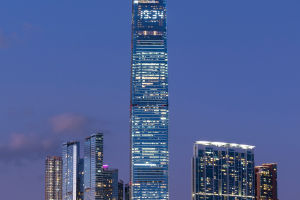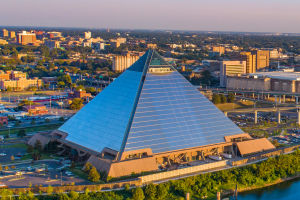A visit to the Netherlands is incomplete without experiencing its most iconic symbol – the windmill. Located in the village of Kinderdijk, just outside Rotterdam, this UNESCO World Heritage site offers an unforgettable journey into Dutch history, culture, and innovative water management systems.
Lykkers looking for a blend of scenic beauty, history, and engineering marvels will find Kinderdijk a perfect travel destination.
Kinderdijk
How to Get There
Getting to Kinderdijk is straightforward and offers a scenic experience in itself. For those staying in nearby Rotterdam, the most recommended route is by waterbus. The waterbus departs from the Rotterdam Erasmus Bridge and offers a leisurely 40-minute boat ride with stunning views of the city and the Dutch countryside. The cost is approximately €4 for a one-way trip, and the waterbus runs frequently from morning until evening.
Alternatively, buses from Rotterdam to Kinderdijk are also available, taking around 45 minutes. Tickets can be purchased on board or online, costing about €5 one way.
Admission & Opening Hours
Entry to the Kinderdijk windmill area is free, allowing visitors to stroll along the canals and view the windmills from the outside. However, to explore the windmills' interiors and access the museum, visitors are encouraged to purchase a ticket. The tickets cover access to two historic windmills, a visitor’s center, and an educational film about the site's importance.
Ticket Prices: Adult tickets are €11.50, while children aged 4-12 enjoy a reduced price of €7.50.
Opening Hours: The site is open daily from 9:00 AM to 5:30 PM, with the best time to visit being during the spring and summer months when the weather is pleasant, and the surrounding greenery is in full bloom.
What to Do
1. Windmill Tour
The highlight of Kinderdijk is the stunning collection of 19 windmills, dating back to the 18th century. These windmills were built to pump water out of the lowlands and prevent flooding in the region. A guided tour takes Lykkers through the ins and outs of how these historical structures functioned as vital tools for water management. Visitors can explore two operational windmills, witnessing the inner workings and learning about the lives of millers who lived there centuries ago.
The windmill museum features fascinating exhibits on Dutch water management and how the country, known for its flat landscape and waterways, has utilized wind power for centuries to control flooding.
2. Biking and Walking Trails
For Lykkers who prefer a more active exploration, Kinderdijk offers picturesque walking and biking trails. Rent a bike at the visitor’s center for around €10 and cycle through the beautiful landscape at your own pace. The scenic route follows narrow paths beside the canals, with windmills dotting the horizon. This serene, peaceful setting provides the perfect opportunity to enjoy nature and snap some stunning photos.
Walking is another excellent way to explore Kinderdijk, especially for those who want a slower pace to take in the surroundings. The walking paths are flat and well-maintained, making them accessible for all ages and fitness levels.
3. Boat Tour
To see Kinderdijk from the water, take a boat tour along the canals. This boat ride offers a unique vantage point of the windmills, allowing you to take in the beauty and serenity of the landscape from a distance. The boat tour costs about €6 per person and lasts for 30 minutes, with multiple departures throughout the day. It’s a peaceful way to relax while learning more about the engineering marvel that is Kinderdijk.
Local Tips for Lykkers
Best Time to Visit: Early mornings and late afternoons are less crowded, offering a more intimate experience of Kinderdijk’s beauty. If visiting during the spring, the surrounding fields come alive with blooming flowers, making the visit even more picturesque.
Dress Comfortably: The area around Kinderdijk is open and can get windy. Make sure to dress in layers, especially during the fall and winter months. Comfortable shoes are essential, especially for those planning to explore on foot or by bike.
Respect the Area: Kinderdijk is a living heritage site where locals still work the land and live near the windmills. Lykkers are encouraged to respect the surroundings, avoid littering, and follow the designated paths.
Conclusion
The Kinderdijk Windmills offer Lykkers a window into the Netherlands' rich cultural heritage and innovative approach to water management. Whether it’s walking among the historic windmills, cycling through the lush landscape, or cruising the canals, the experience is both educational and enchanting. This is a must-visit destination for anyone seeking to understand the Dutch relationship with their land and water while enjoying one of the most beautiful landscapes in the country.


